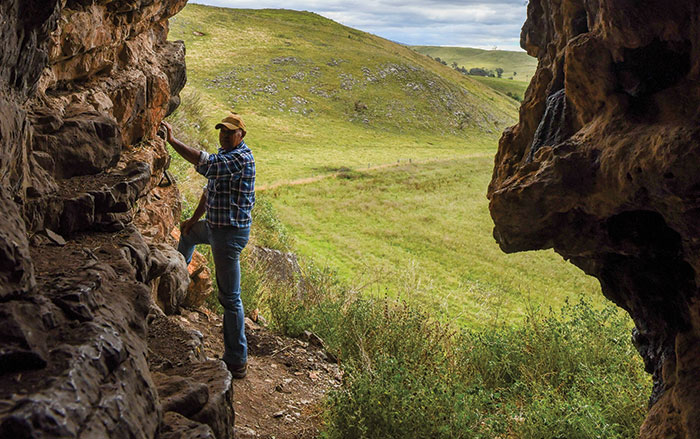
CANBERRA, AUSTRALIA—According to a report in Cosmos Magazine, bone tools from Riwi Cave have been dated to between 35,000 and 46,000 years ago by a team of researchers led by Michelle Langley of Griffith University, Jane Balme of the University of Western Australia, and Sue O’Connor of Australian National University. The cave is located in northwestern Australia’s Kimberley region, where the Gooniyandi people of the Mimbi Community are the traditional custodians. Rosemary Nuggett and other Mimbi members have long supported archaeological research in the area. Wear and tear marks on the tools suggest they were used in a range of activities, such as processing plant fibers and resins, fishing, and hunting. Langley said worked plant fibers could have been used to make baskets, while resin was used to glue tool parts together. The bone tools may also have been used to work animal skins, she added. It had been previously thought that the production of animal skin clothing was only made in Australia’s colder southern regions, O’Connor added. “These new finds from the arid zone have changed our perspective,” she explained. To read about stone tools recovered from an Aboriginal site in the Dampier Archipelago, go to "Around the World: Australia."










